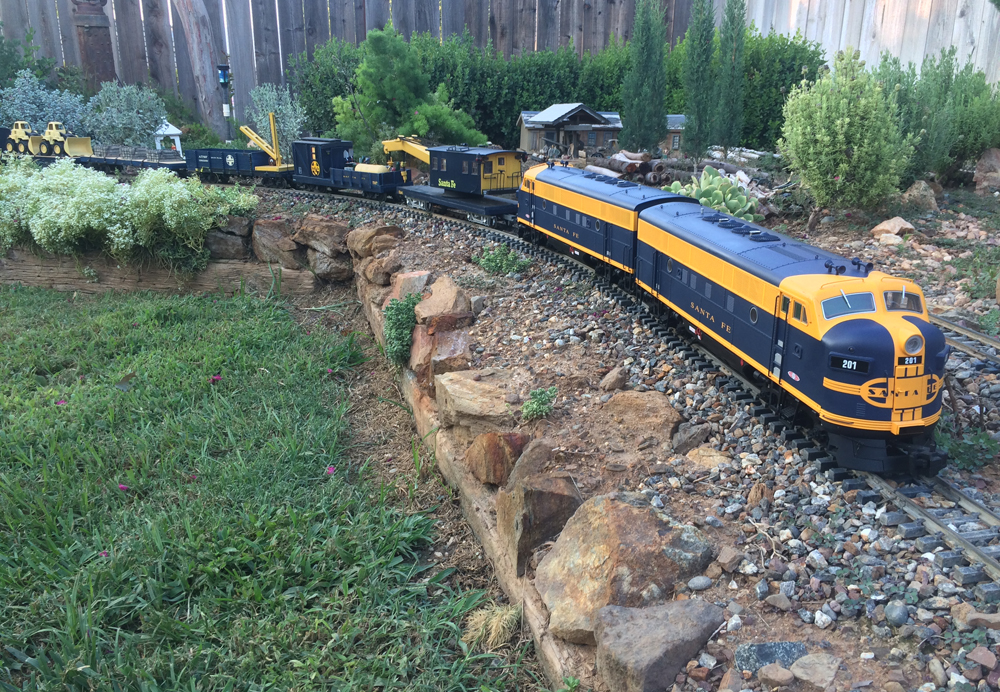
Budget work train for DIY’ers A budget work train made its way into my life since I needed a project to work on to de-stress from the rigors of graduate school — for a price a grad student can afford. Wrecking crane I wanted my budget work train to center around two main cars, a 250- […]
Read More…
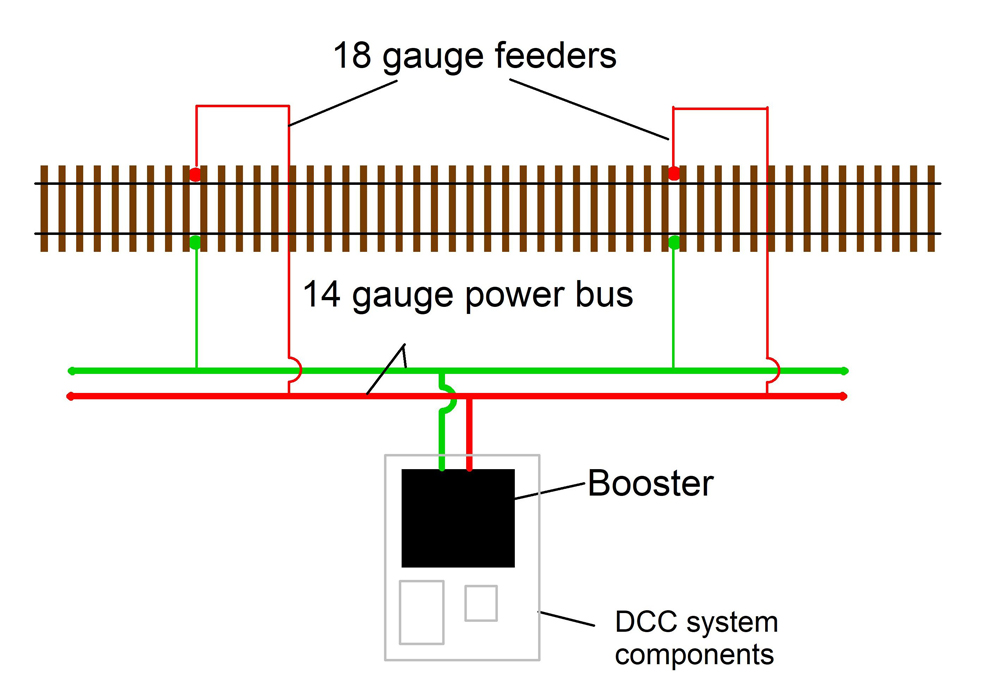
There is probably no other aspect of our hobby that creates more anxiety and confusion for newcomers than wiring. When you’re starting at absolute ground zero on the learning curve it can be daunting at times. However, at the most basic level, what we’re trying to do is get electricity from a power source to […]
Read More…
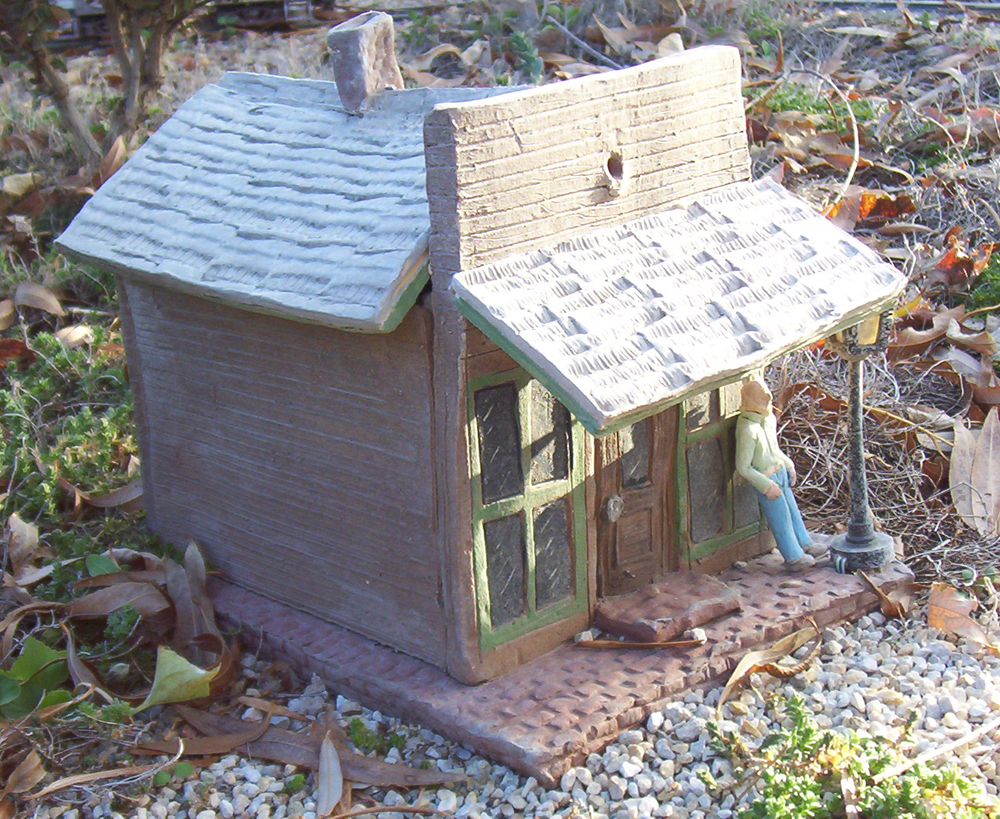
If you want a structure for your outdoor layout that will hold up to the elements, consider using clay. I’m an art teacher and when I began my outdoor railroad it was my first choice of materials for my buildings. You can buy clay from local sources or online. Most catalogs sell it in 50-pound […]
Read More…
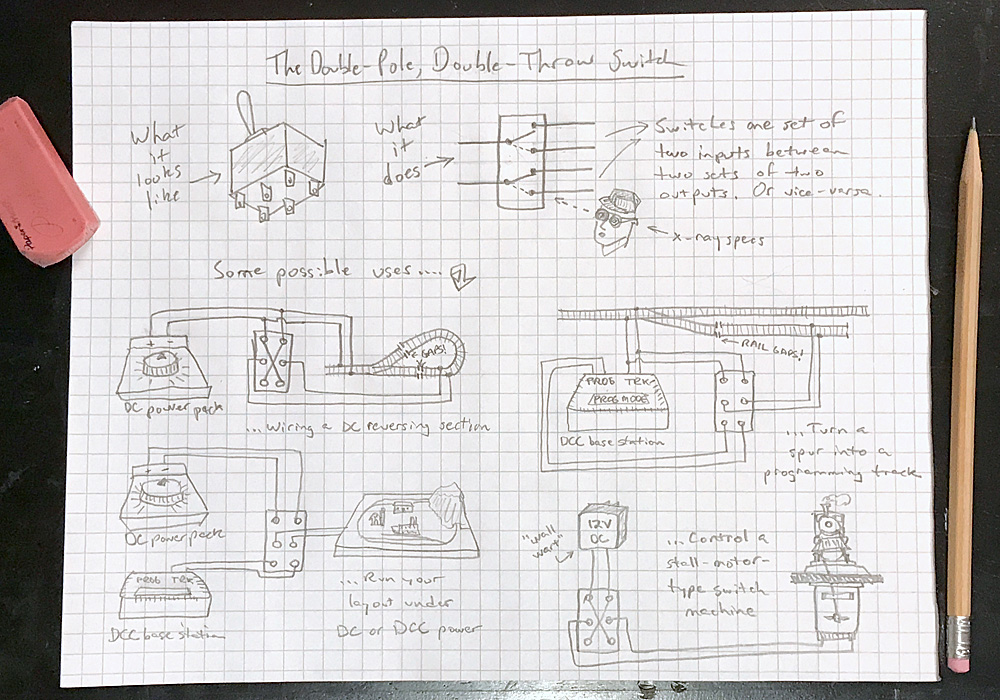
On a railroad, a switch usually refers to the moving parts of a turnout that routes a train between two possible routes. This time, though, we’re talking about an electrical switch: specifically, a double-pole double-throw switch (DPDT). It’s easy to understand a single-pole single-throw switch: it only has two states, open or closed, off or […]
Read More…
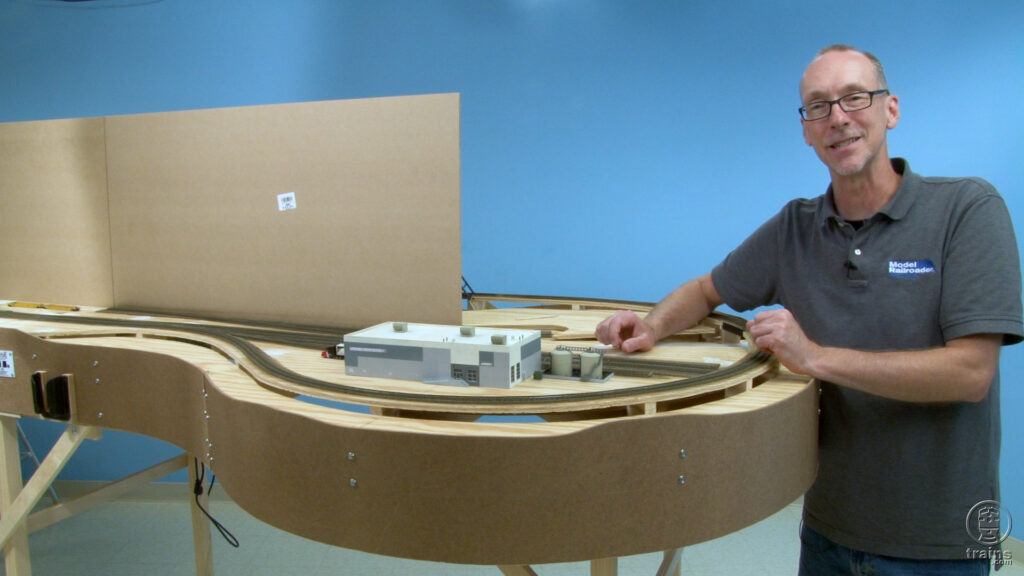
Structures for our State Line Route N scale layout keep rolling in! In this episode, David gives a peek at the kits built by Seth Puffer and Sammi DiVito. Then, learn how Steve Brown, host of “It’s My Railroad” and “Scale It Down” on trains.com, kitbashed a packaging plant and modernized a tank farm to […]
Read More…
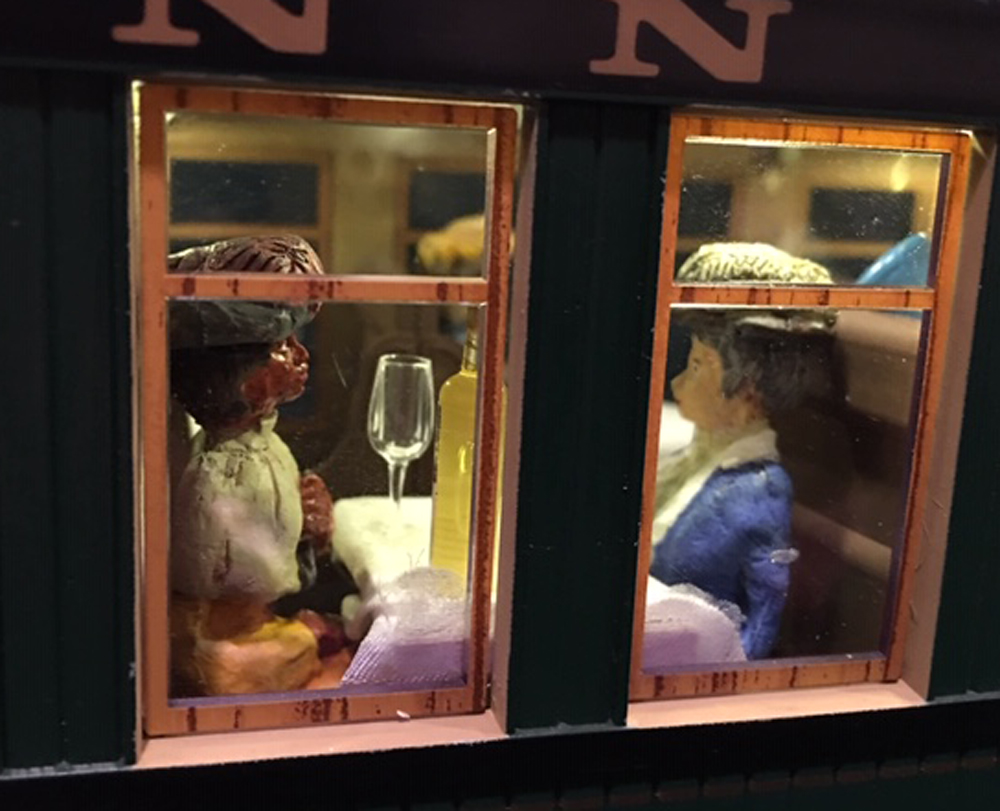
By Frederic Williams Rohm and Brian Michelson I grew up in central Pennsylvania where my family had been long-time residents. My garden railroad is based on the Pennsylvania Railroad circa 1900; my grandfather and uncles worked on the PRR. The premier Pennsy passenger train of this era was the Pennsylvania Limited, which began making the […]
Read More…
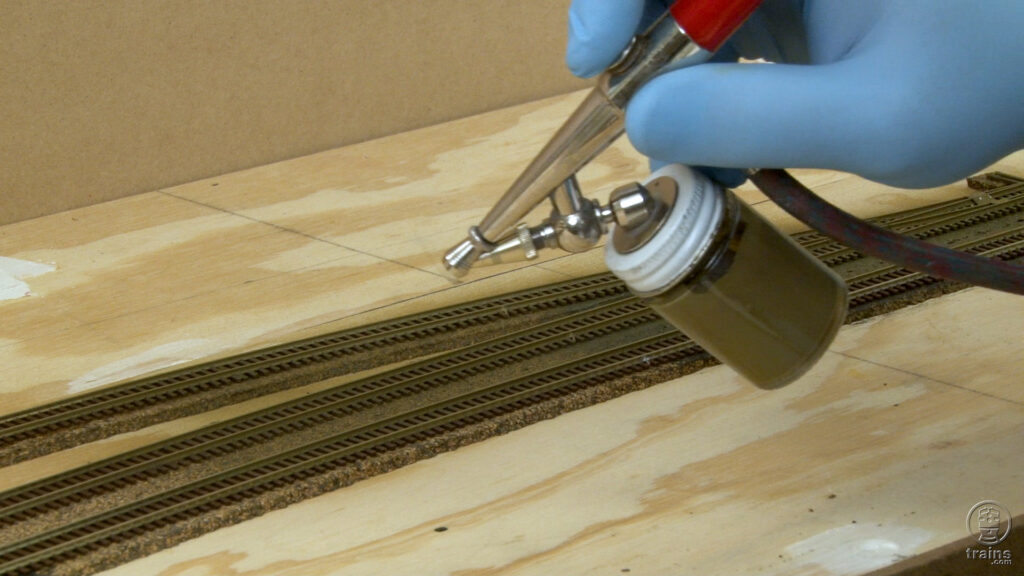
Our State Line Route layout is almost ready for scenery, but first there’s track detailing and painting to be done! David shares his process for cleaning and preparing track before Cody shows how to paint track with his airbrushing technique. […]
Read More…
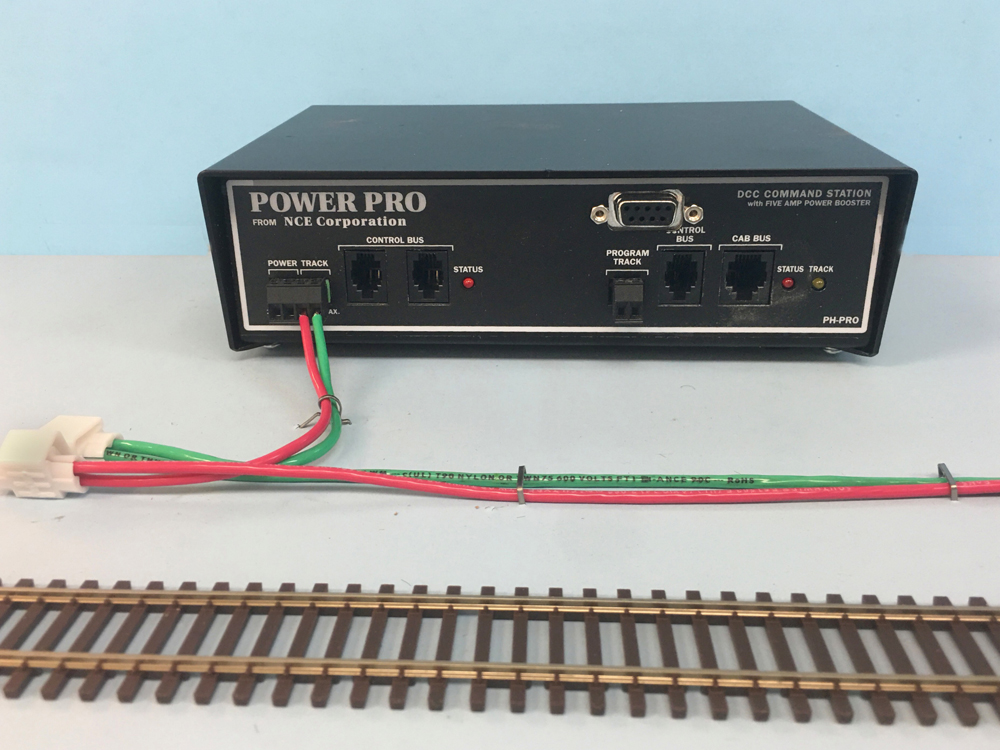
Track wiring your model railroad layout can be daunting, especially for beginners to the hobby. In order to help those looking to start, here’s a review of the bare-bones basics of wiring your layout that will help you get your trains up and running as quickly as possible. Run the wire bus roughly beneath the […]
Read More…
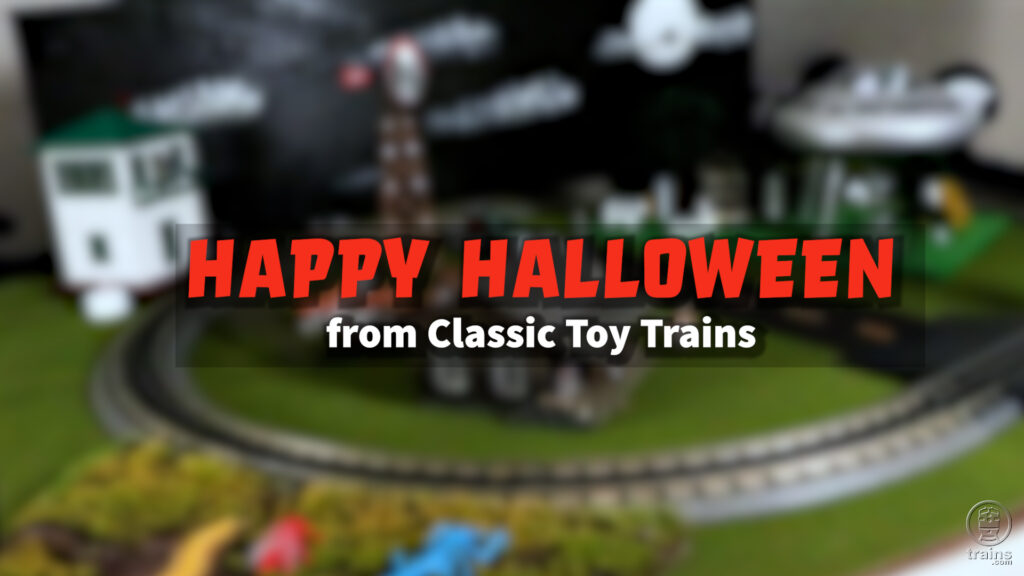
Lionel’s Phantom train is on the rails! We’ve all seen Lionel, MTH, and American Flyer model train sets running under the Christmas tree, but what about for Halloween? CTT editor Hal Miller builds a small layout he calls the Chaos, Tragedy & Terror RR. It captures the spirit of the season with accessories from Woodland […]
Read More…
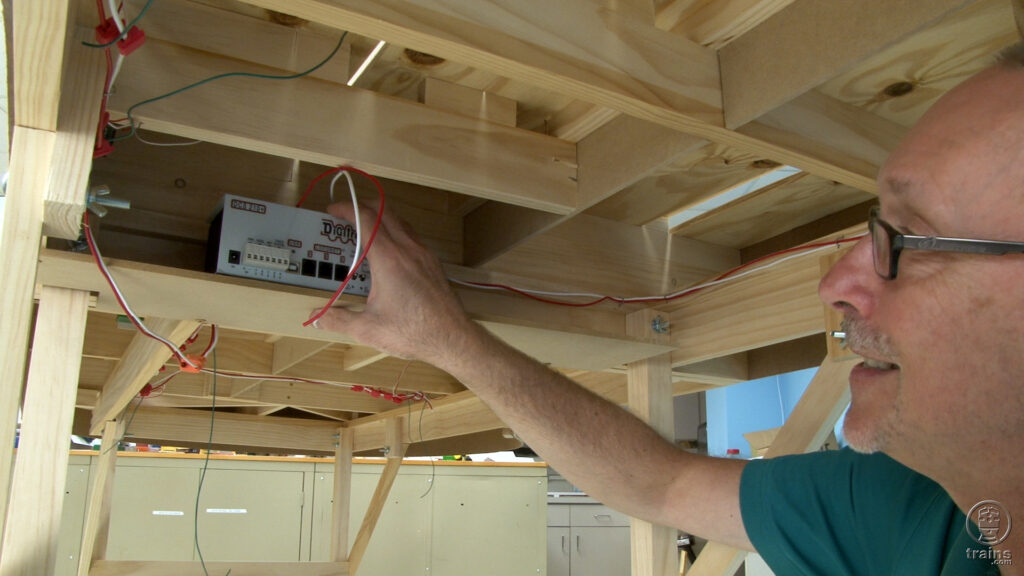
David installs a Digitrax Evolution Express command system on our State Line Route layout. Follow along as David guides you from installing the universal panels to modifying a throttle pocket to watching trains run on the N scale layout! […]
Read More…
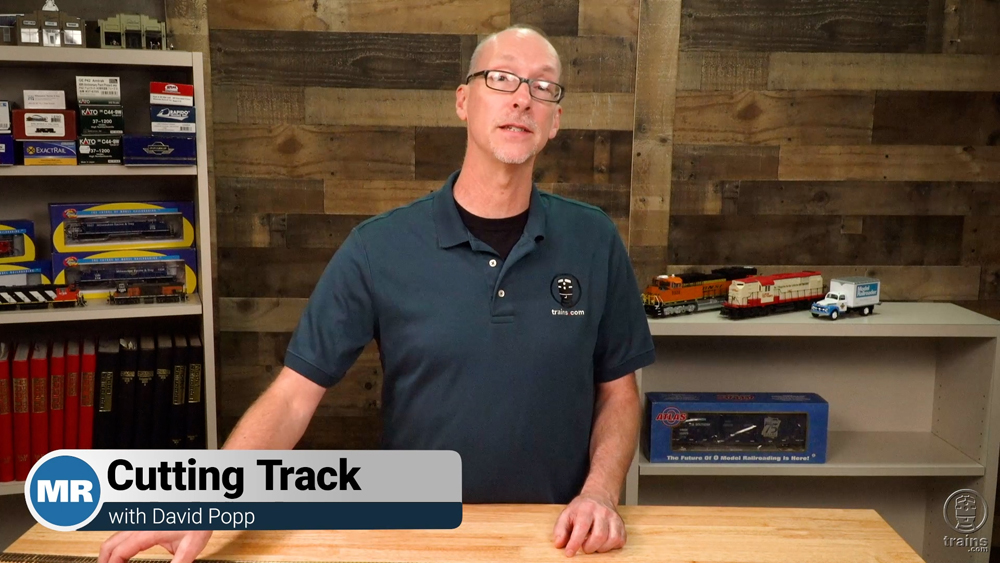
Join David Popp in the studio as he shows you how to tackle the tricky subject of cutting track, demonstrating proper technique and explaining the best tools to use! […]
Read More…

Join David Popp in the studio as he shows you how to tackle the tricky subject of cutting track, demonstrating proper technique and explaining the best tools to use! […]
Read More…











